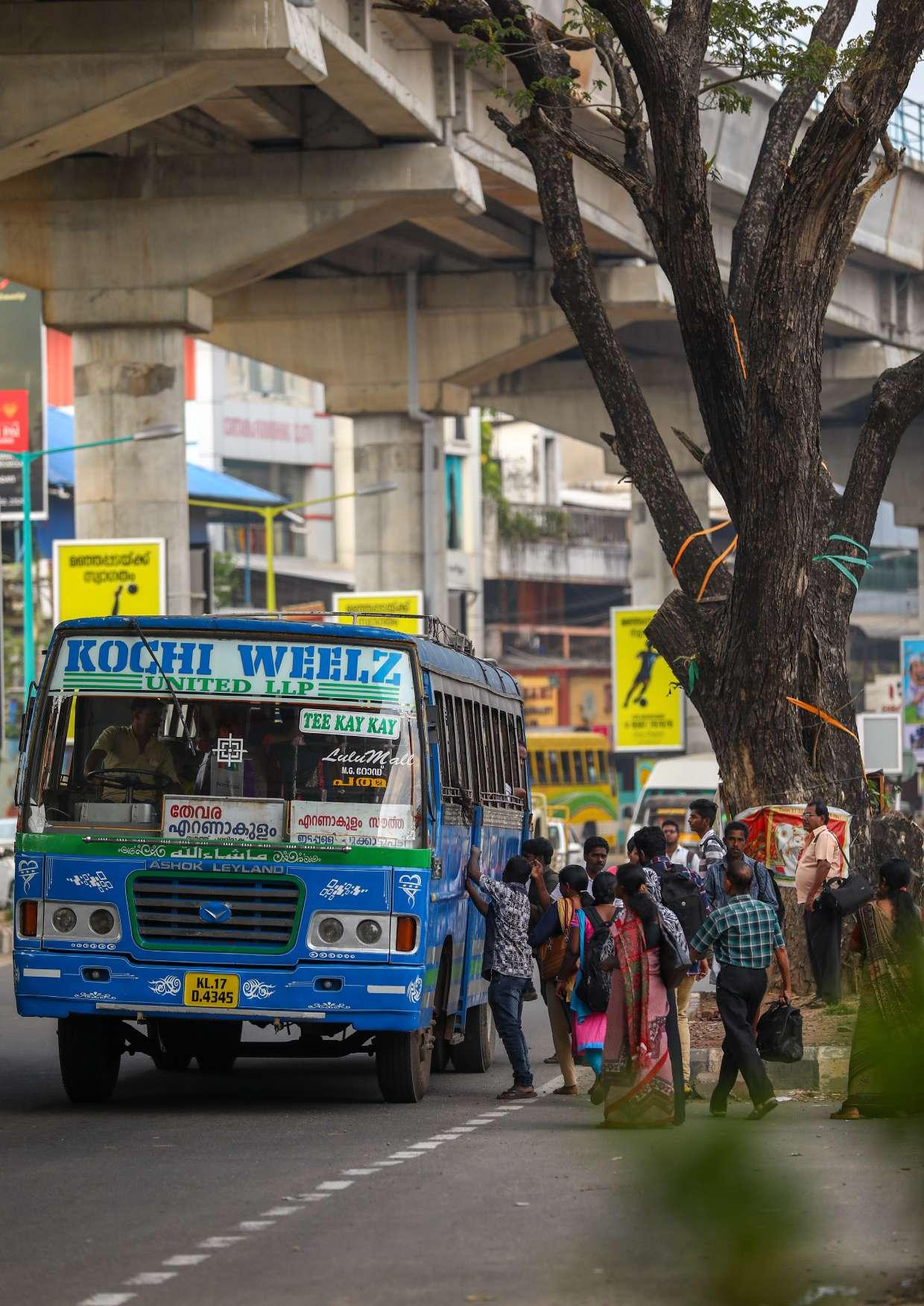
4 minute read
Introduction
Electric mobility brings multi-dimensional benefits for India. Improved air quality, reduced dependence on imported fuel, reduced emission of Greenhouse Gases (GHG), improved plant load factor for the electricity grid, and the opportunity to be a leader within a rapidly growing global market, are among some of these benefits.
While electric vehicles have been talked about for several decades, it is only in the last few years that it has seen a significant growth, largely due to: Today, the fastest adoption of electric vehicles is taking place in China followed by United States and Europe. China became the world leader in EV sales, outranking the US, in 2016. As per Bloomberg New Energy Finance (BNEF), China will continue to lead electric vehicle sales up until 2040. There were 1.1 million electric vehicles 1 world-wide in 2017. BNEF forecasts that the population of electric vehicles will increase to 11 million in 2025, further leaping to 30 million in 2030, when electric vehicles will become cheaper than Internal Combustion Engine (ICE) vehicles (BNEF, 2018). Figure 1 on the next page shows the growth in global stock of EVs since 2010 and Figure 2 shows the growth in EV registrations in China, Europe and the United States.
Advertisement
Although there has been impressive growth, the stock of EVs is still barely 0.2 percent of the total stock of motor vehicles 2 (IEA, 2017, p. 22). So, there is still a long way to go. In fact, electric vehicles are being projected as the future of transport and to increasingly replace ICE vehicles. The key reasons for this are that: They have no tailpipe emissions, thereby being good for local air quality. They improve the energy security of countries that depend very heavily on imports to meet their petroleum fuel needs. They are almost four times more energy efficient than ICE vehicles. They have a lower operating cost, thereby resulting in lower cost for vehicles that see longer miles of travel in a day. They have only 25 to 30 moving parts as opposed to over 2000 moving parts in an ICE vehicle, thereby being more reliable, with fewer breakdowns. They are cleaner from a GHG perspective, especially if the share of clean renewable energy in the electricity grid goes up (IEA, 2017, p. 44). They are quiet and make very little noise.
Rapidly falling battery prices which are making EVs increasingly more cost competitive with ICE vehicles.
Increasing energy density of batteries that enables EVs to travel longer distances on a single charge.
Emergence of battery swapping, in addition to charging, as a way of re-energising batteries and enabling the use of smaller batteries so that EV costs are reduced.
The emergence of shared mobility options like Uber and Ola, which involve longer daily travel distances for vehicles thereby making EVs a more viable option than ICE vehicles.
The increasing concerns relating to climate change coupled with the increasing share of clean renewables in the electricity mix of countries.
1 ,2 This number reflects only cars and does not include 2/ 3-wheelers etc. However, 2 /3-wheelers are equally, if not more, important for rapid electrification in India.
Figure 1 Growth in Global Stock of Electric Vehicles
Figure 2 Growth of new EV registrations (in thousands)

China United States Japan Norway Netherlands United Kingdom France Germany Sweden Others
Source: (IEA , 2018)
400 350 300 250 200 150 100 50 0
Source: (BNEF, 2018) China Europe 2014 2015 2016 United States
It is in the above context that this paper seeks to highlight the measures that India needs to take for accelerating the adoption of electric mobility. The paper also uses this opportunity to discuss some fundamental concepts, relating to electric mobility, so that decisions can be taken with a good understanding of the tradeoffs and nuances relevant to the Indian context.
The paper is divided into five parts, followed by a series of annexures that contain additional details of the issues discussed in the main paper:
Part 1 presents the potential gains from India’s adoption of electric mobility and also presents some unique features in the Indian context, highlighting how it is different from the situation in the developed world. It argues that India’s plans for electric mobility will have to be thought through differently.
Part 2 highlights the pillars of the electric mobility system, comprising electric vehicles, batteries, battery re-energising systems and other factors like manufacturing facilities, research and development etc.
Part 3 presents a strategy for transition to electric mobility in the Indian context. It highlights the challenges of transition and presents a multi-pronged strategy for effecting the transition. Finally, it presents a road map for electrification of transport in a city, proposing three phases comprising a pilot phase, a scale-up phase and a self-propelled phase.
Part 4 discusses the economics of different components of the electric mobility system.
Part 5 presents a summary and a way forward.
Annexures detail several of the issues discussed in the main paper. It is hoped that this paper will become a reference document and a potential guide for any state or city seeking greater electrification of its transport system. It has been written in a simple style, to the extent possible, so that those who are new to this sector will get a better understanding of the basics for more informed decision making.




